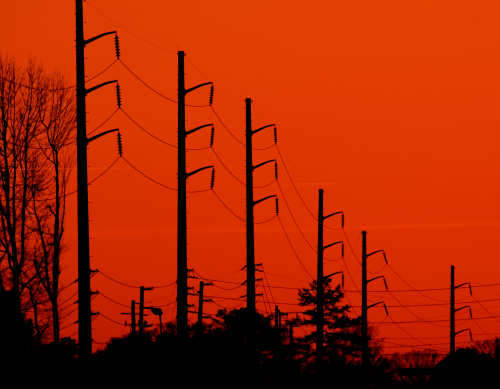
Dow says that VORAFORCE™ TW 1100 has been developed for composites fabrication by filament winding, to enhance its existing epoxy systems offering. The high-performance series allow for continuous reinforcement and manufacture of cylindrical and conical structures as found in power and transmission poles, and offers enhanced toughness and robustness while enabling easy installation and maintenance.
Specifically in infrastructure applications, filament winding composites offer significant advantages over the conventionally used concrete poles. Due to the light weight of the material, transportation is more efficient and installation becomes fast and easy. In case of severe weather events, composites offer improved reliability and maintenance thanks to their toughness. Product design and life, overall cost-effectiveness and durability are additional advantages of using composites in infrastructure applications.
Dow VORAFORCE™ TW 1100 series enable full 110 KV composites pole winding capabilities and thus complement the available range of polyurethane systems for smaller poles, like 10 KV. In this application, VORAFORCE™ polyurethane systems are claimed to help improve elongation, toughness, and crack resistance as compared to conventional materials and other type of resins.
Due to its fast reaction profile as well as good performance in secondary operations like cutting and drilling, polyurethane solutions may also offer more cost-effective production. In testing, the materials have demonstrated good processability and results also in critical manufacturing conditions with humidity. To complete the solution package, Dow has also developed a UV resistant finishing polyurethane system, which can be wound in a one step production process to create the final protection layer for the pole.


